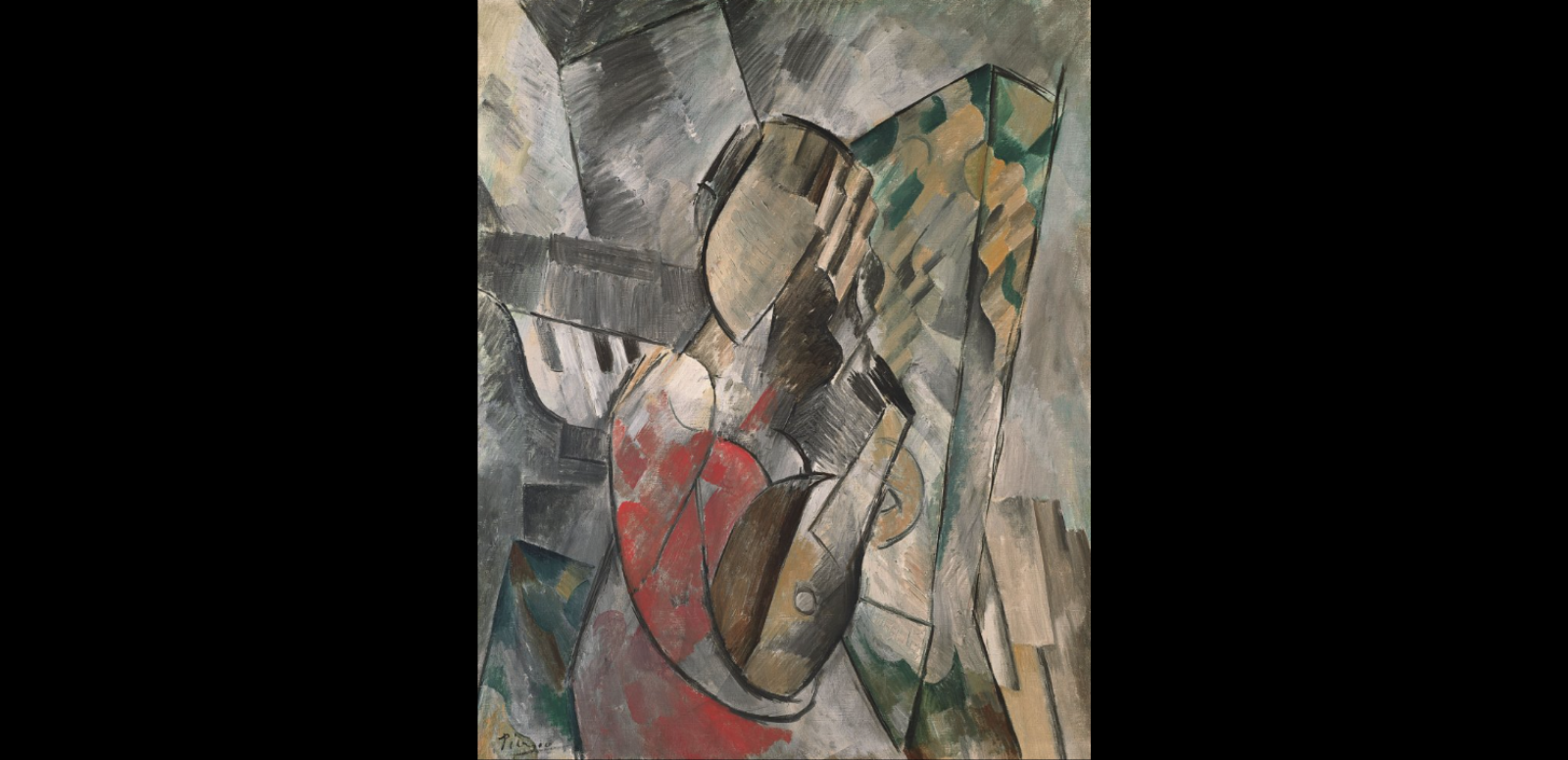
© Sucesión Picasso, VEGAP, Madrid, 2023
From Tuesday to Friday and Sunday: 10:00 - 19:00
Saturday: 10:00 - 21:00
Monday: Picasso/Chanel exhibition closed. Permanent Collection open free of charge from 12:00 to 16:00h
The relationship between Picasso and Chanel dates back to the spring of 1917, when they were introduced by the playwright Jean Cocteau and the pianist Misia Sert. In 1922, Picasso and Chanel made their first professional collaboration on Cocteau's play Antigone, for which Picasso made the curtains and Chanel was in charge of the actors' costumes. Two years later they worked together again for Sergey Diaghilev's ballet, The Blue Train. In addition to numerous mutual friendships, Olga Khokhlova, the painter's wife, was a regular client of the French designer and probably married in one of her designs in 1918. Following their collaborations, the designer Coco Chanel struck up a long and lasting friendship with the Spanish painter that would introduce her to Picasso's circle.
In the early 1920s, Picasso's language began to permeate all the arts, as did fashion and Chanel's designs. Simplicity took precedence over the earlier baroque, and linear and geometric designs gained weight, with a strong basis in the Cubism employed by Picasso. For example, this influence can be seen in the design of the Chanel No. 5 perfume, which recalls the bottles reduced to the minimum expression that Picasso painted in 1912 in his series of still lifes.
The Picasso Celebration 1973-2023 revolves around fifty exhibitions and events. One of these exhibitions, Picasso/Chanel, explores this professional relationship between the two artists in four rooms arranged chronologically from around 1910 to 1930. "The Chanel style and Cubism" explains how Chanel's designs are influenced by this artistic movement: geometric and angular lines, white, black and beige colours and austere fabrics. The next room, "Olga Picasso", brings together Picasso's portraits of his first wife, the Russian ballerina Olga Khokhlova, a client of Coco Chanel, together with some of the designer's first dresses. In addition, many of Picasso's portraits of her show the ballerina wearing Chanel dresses. The last two rooms refer to the two professional collaborations between the two artists. "Antigone", Cocteau's modern adaptation of Sophocles' play, premiered in Paris in 1922 with sets and masks by Picasso and costumes by Chanel, which, when put together here, show their joint inspiration in classical Greece. Finally, reference is made to Picasso and Chanel's last professional collaboration: "Le Train Bleu" is the ballet produced by Diaghilev in 1924, with a libretto by Cocteau, inspired by sport and the beach. While Picasso was in charge of the curtain, illustrated with his work Two Women Running on the Beach and also of the illustrations for the programme, Chanel designed the costumes for the actors, inspired by sports models that he already sold in his shops.

